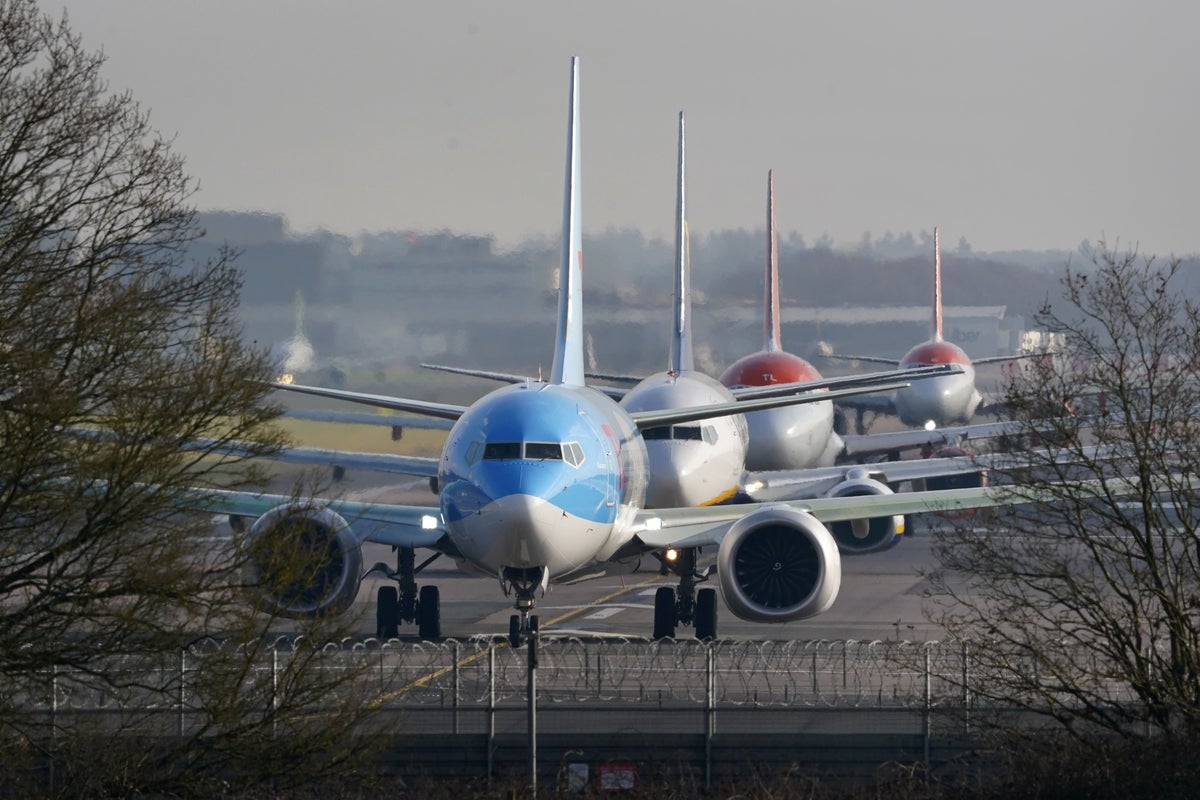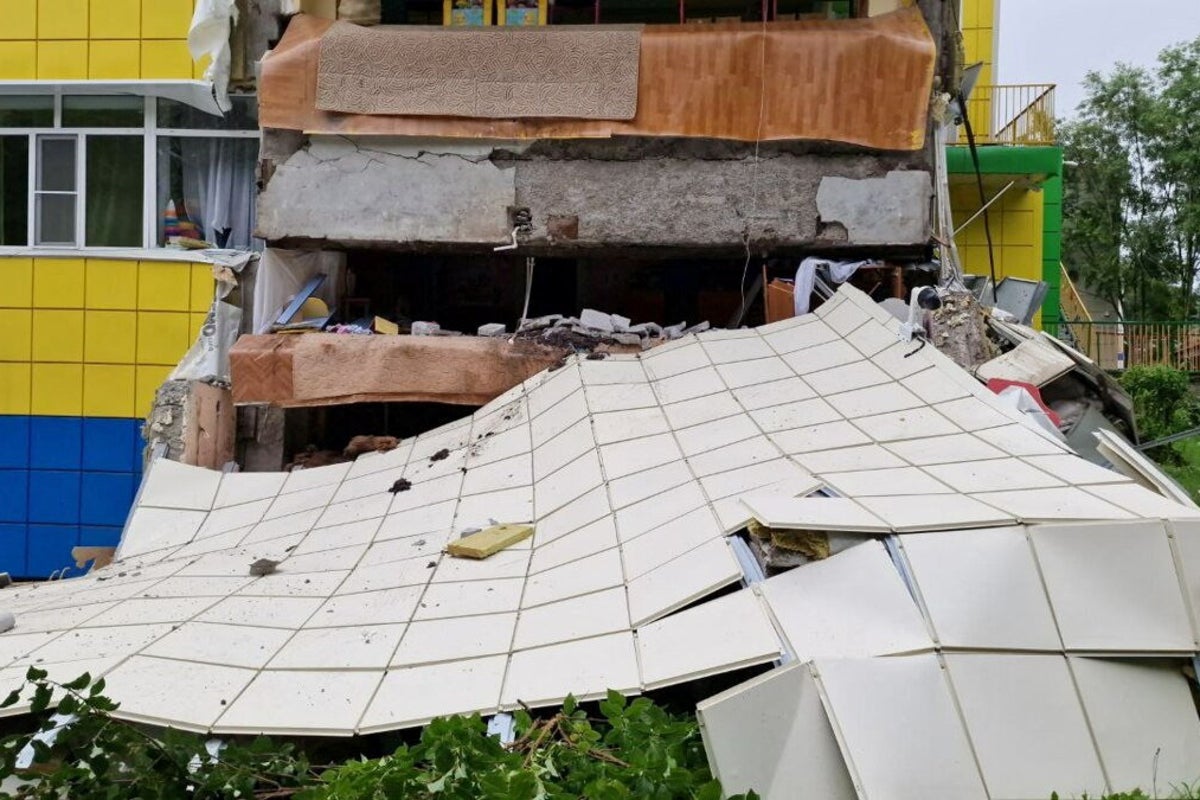A massive 8.8 magnitude earthquake struck Russia’s far eastern Kamchatka Peninsula on Tuesday, making it the sixth strongest ever recorded and the biggest since the 2011 quake that hit Japan.
The US Geological survey said the earthquake was shallow, with its epicentre at a depth of about 19km (12 miles) and 119 km (74 miles) east-southeast of Russia’s remote Petropavlovsk-Kamchatsky city with a population of about 165,000 people.
Earthquakes are caused when the planet’s rocky tectonic plates, floating on magma, rub against each other, releasing massive amounts of energy.
While the Richter scale has been traditionally used and mainly effective for regional earthquakes up to about magnitude 5, the Moment magnitude scale is used for larger tremors as it takes into account more factors like the size of the fault rupture.
Quake magnitudes are measured on a logarithmic scale, meaning a near magnitude 9 quake is 1,000 times more powerful than one measuring 6.

Biggest quakes in recorded history
The devastation to life and property caused by an earthquake is often dependent on a number of factors, such as the distance from the quake’s epicentre, the architecture of a region and its population density, as well as the depth of the earthquake event and its surrounding geological conditions, as well as after effects like tsunamis.
For instance, an earthquake that hit Morocco, measuring a magnitude of 6.8, led to nearly 3,000 fatalities as it struck at a shallow depth of only about 12 to 18 km.
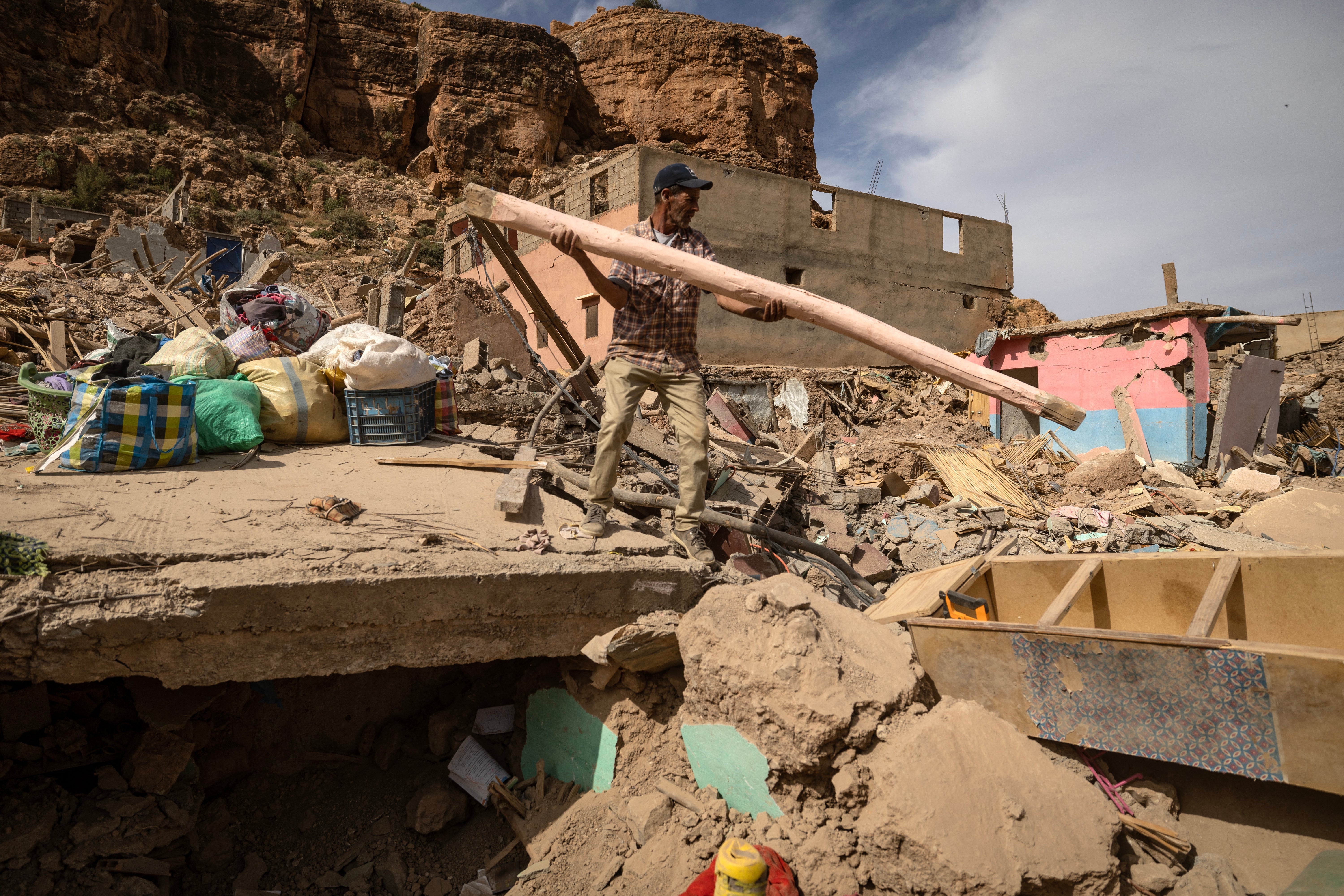
The biggest earthquake in recorded history was one of magnitude 9.5 that struck Valdivia, Chile in 1960, killing from 1,000 to 6,000 people, according to various sources.
Its epicentre was at a subduction zone where the Pacific continental tectonic plate dives under the South American plate.
The second biggest quake, with a magnitude of 9.2, struck Alaska in 1964 and was also at a subduction zone where the Pacific plate dives under the North American plate.
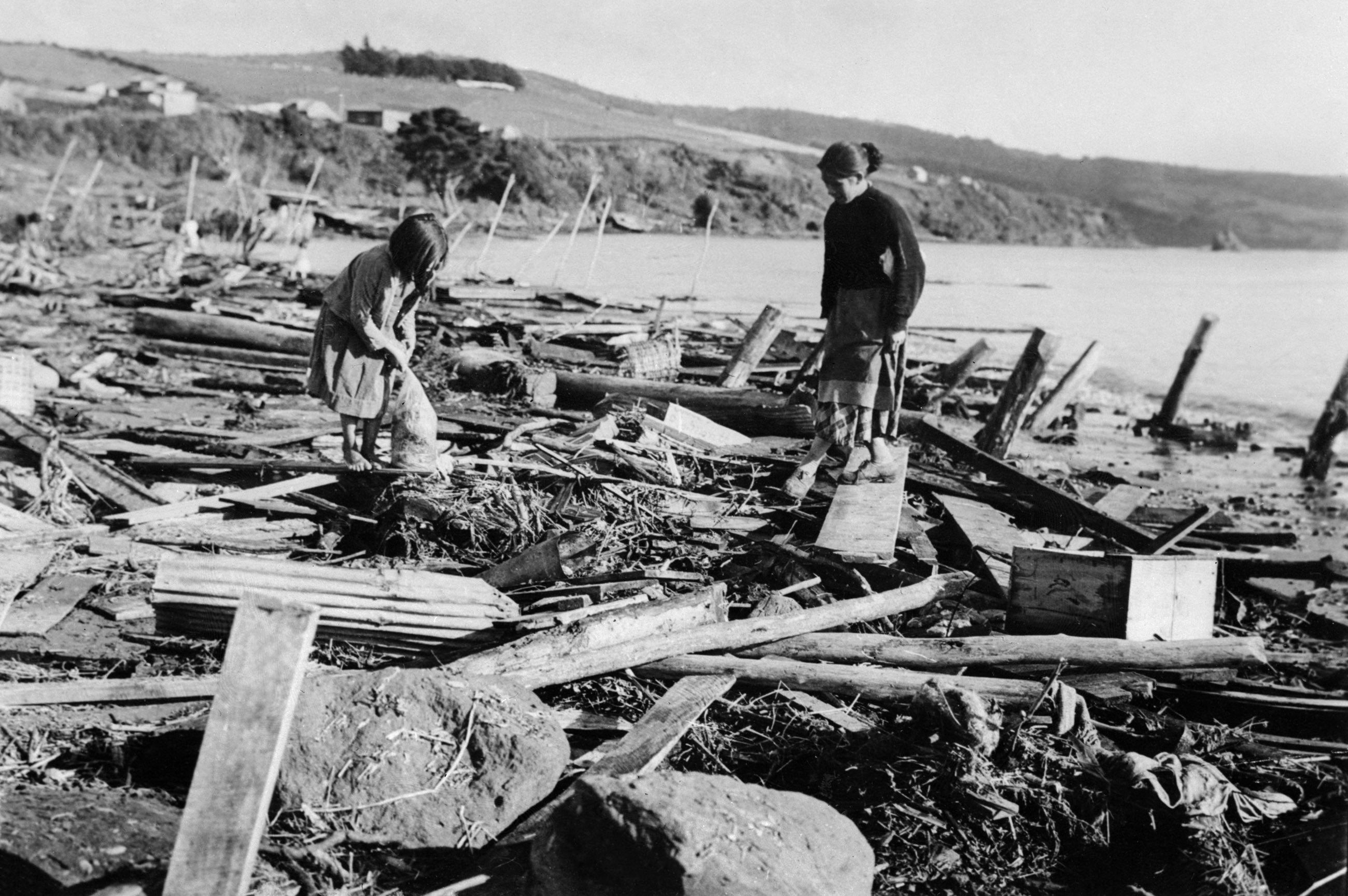
While on a scale comparable to the Chile quake, the Alaskan earthquake killed fewer than 150 people, with 15 directly attributed to the earthquake and over 120 caused by a resulting tsunami.
The Great Tohuku earthquake that struck Japan in 2011 was of magnitude 9.1, but triggered a massive tsunami waves measuring over 40 metres tall in some areas, leading to over 15,000 deaths and displacing over 130,000 people.
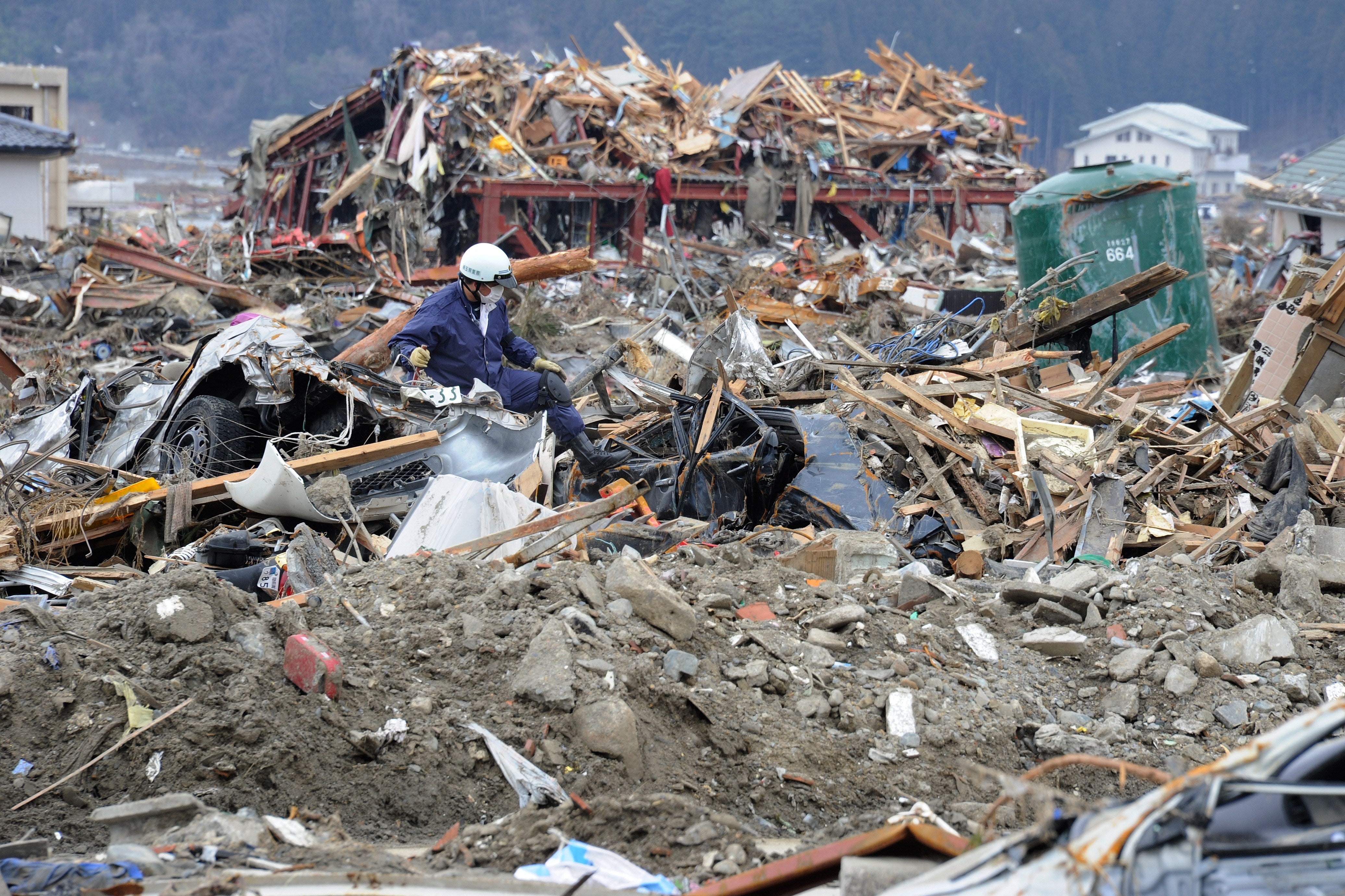
In the current century, the infamous 2004 Indian Ocean earthquake is the largest in terms of magnitude at 9.3M, also triggering a devastating tsunami that claimed a quarter million lives.
Warning signs
Some megaquakes have been preceded by smaller “foreshocks”. However, such smaller tremors cannot be identified as a foreshock until after a larger earthquake hits the same area. In the case of the Russian earthquake, scientists have spotted several foreshocks that struck around the region in the past month.
A magnitude 7.4 earthquake recorded in the region on 20 July, could now be considered a foreshock to this morning’s earthquake, according to the USGS.
“A clear subduction megathrust event. And another M>8.5 event with a notable foreshock (the recent M7.4 in same location), like Tohoku 2011. Tsunami warnings/watches should be taken seriously,” seismologist Harold Tobin, director of the Pacific Northwest Seismic Network said in a post on X.
While the area impacted by this 8.8M quake has been large, the number of people living in and around the region is “limited”, according to data released by the USGS.
“Interestingly, the M8.8 earthquake this morning was preceded by a series of highly intensive foreshocks, including an Mw 7.4 earthquake and three Mw 6.6 earthquakes (July 20, 2025), as well as a series of smaller earthquakes before the main earthquake,” seismologist Dimas Salomo Sianpar from Indonesia said in a post on X.
“The foreshock phenomenon was also observed in other megathrust earthquake events,” Dr Salomo Sianpar said in a translated post.
Several people were injured in the Russia’s remote region following the 8.8 quake and Japan has issued a tsunami advisory, warning its eastern seaboard of waves of up to 3m (10ft) high.
No serious injuries or fatalities had been reported, according to Russia’s Ministry for Emergency Services.
The US Tsunami Warning System also issued a warning of “hazardous tsunami waves” within the next three hours.
